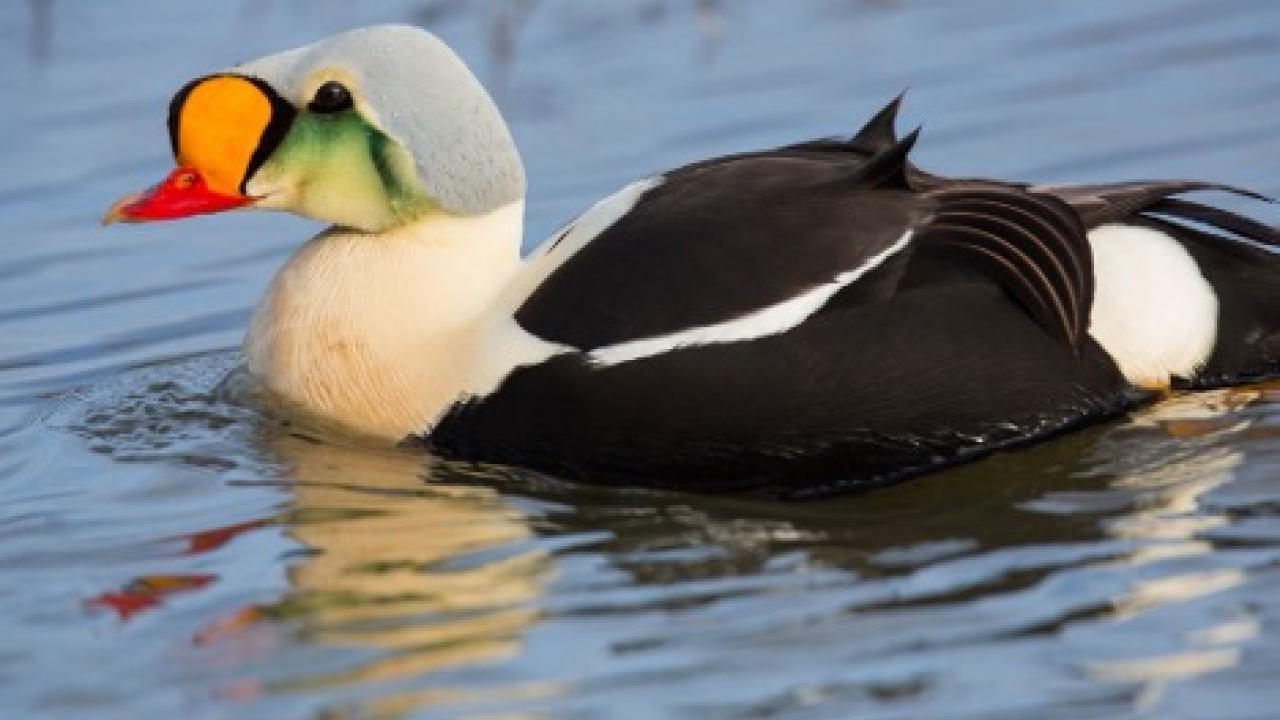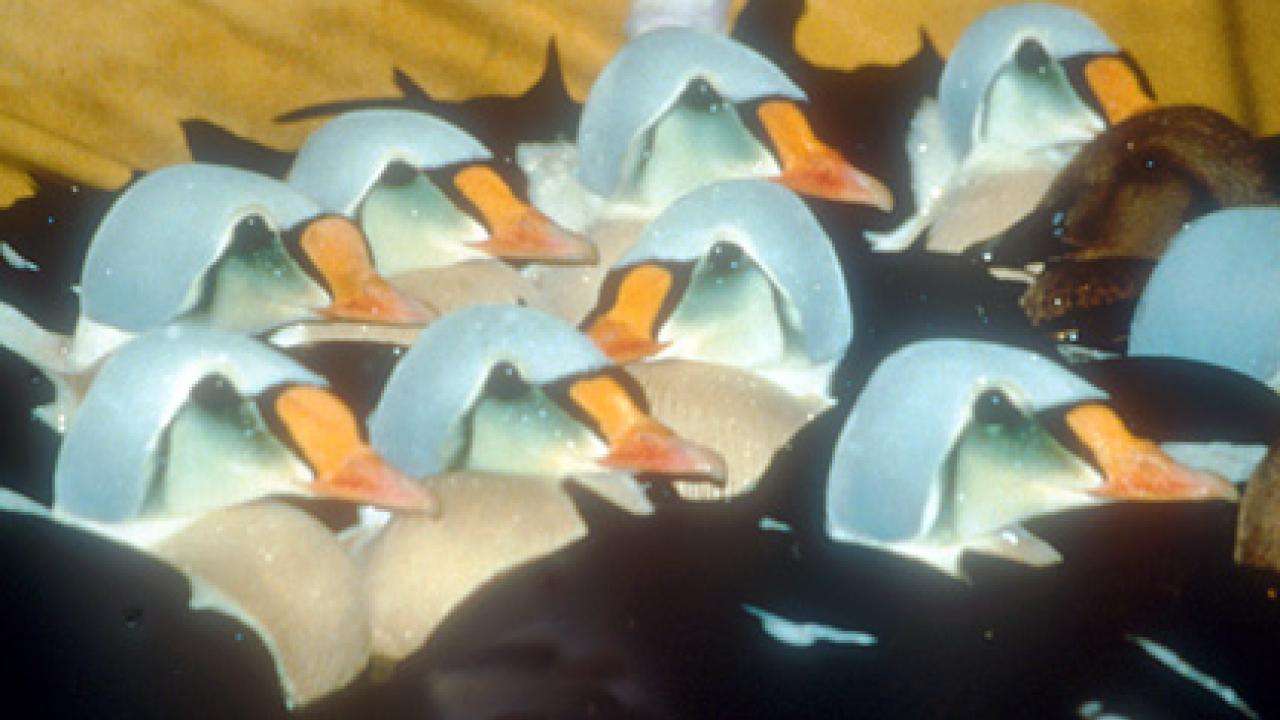
Spills of Christmas Past - A Three Part Story
The M/V Citrus Spill - Part Two

Wendy here, welcome back! I know I said 'this Holiday Season' I bet you didn't think I'd add on Valentine's Day to the season... Did you?
I am back for part two of my Spills of Christmas Past Series, I am discussing the MV Citrus Spill, a collision that happened in the Pribilof Islands. If you missed part one you can find it here!
Working with the US Coast Guard
I believe it was the first day when 3 US Coast Guard officers showed up at the center. My initial impression was that they were not our biggest fans. They seemed to see us as crazy tree huggers that they had no desire to work with. I helped them collect oil samples from the animals. This was a federalized spill as there was no known spill, hence no responsible party. I remember they told us that they would rather pay us hourly rather than our usual daily rate. My boss agreed. That lasted one day. They saw the hours we were putting in and asked if they could go back to the daily rate! Instead of leaving after getting oil samples they stayed. They were there every day. I worked mostly with the senior officer. He obviously wasn’t going anywhere and seemed really interested in what I was doing and spending, so like me or not I took him along for the ride.
They stayed with us for most of the spill and wound up actually working alongside us and we became friends, and we actually stayed in touch afterwards. They were great.
The animal recovery begins
The recovery teams started collecting animals. We made plans to fly the birds from St. Paul Island to Anchorage. We were able to fly birds every day but Sundays. The flights were occasionally delayed or cancelled due to weather or even sometimes they couldn’t take them all due to space limitations. We needed to get the birds to the airport 2 hours before the flights. The actual flights took 3 hours, so between drop off times and actual pick up it took about 6 hours. We also flew needed supplies for the recovery and stabilization teams back to the island as needed. Even with the bumps in the road it really worked pretty well. During one flight an IBR staff member was allowed to go down into the cargo area and assess the birds behavior mid-flight. The birds were quiet and didn’t seem agitated.
The stabilization team reported that the birds were presenting very thin to emaciated having lost 35 to 40% of normal body weight. Some birds presented with abrasions probably from sitting on the ice shelves. A few also showed signs of predator attacks. There were groups of King Eiders that presented with total proteins less than 1.0. The group I remember of about 30 birds ranged from less than to 1.0 to even as low as 0.2. We didn’t have much hope and discussed euthanasia but decided to give them a try. They did really well for the most part and we didn’t wind up losing very many of them. They are strong and incredible birds.

Every other day the birds were weighed, checked for keel and legs and feet checked for lesions. Blood tests were also run. Birds with Packed cell volumes of over 30, total solids of over 2.0 that showed weight gains and acceptable behavioral attitudes were cleared for wash.
We gavaged the birds with total solids of less than 2.0 with Ensure, an elemental diet. The birds with greater total solids were given “inside mix” which is a high fat, high protein diet. Back in the day we would gavage birds with “inside mix” until 24 hours before they would be washed and go into pools. Then they were given “outdoor mix” which was a lower fat diet so their feathers wouldn’t get fowled in the pools. This was also critical because of having to house the pools inside the building, pools were likely to be very crowded. Our saving grace was that the temperature of the water was in the low 30 something degrees allowing feces to hold together and to be cleaned off the bottom of the pools. The warmer the water the more that feces breaks apart into the water column which will fowl the birds feathers. Conditioning “waterproofing” birds is a balancing act between general health, crowding, diet and water temperatures. Once their total solids were 2.0 or above we would offer them whole fish. We had to be careful of what fish we could feed them. Hooligan was available locally but we felt it was too high in fat, so we had night smelt shipped to us from Washington State.

We wound up getting King Eiders, Old Sqaw “now called Long Tailed Ducks”, Common Murres, Crested Auklets, Red Faced and Pelagic Cormorants and Pigeon Guillemots. We treated 175 birds, 144 of which were King Eiders.
I'll be back for part three soon!
